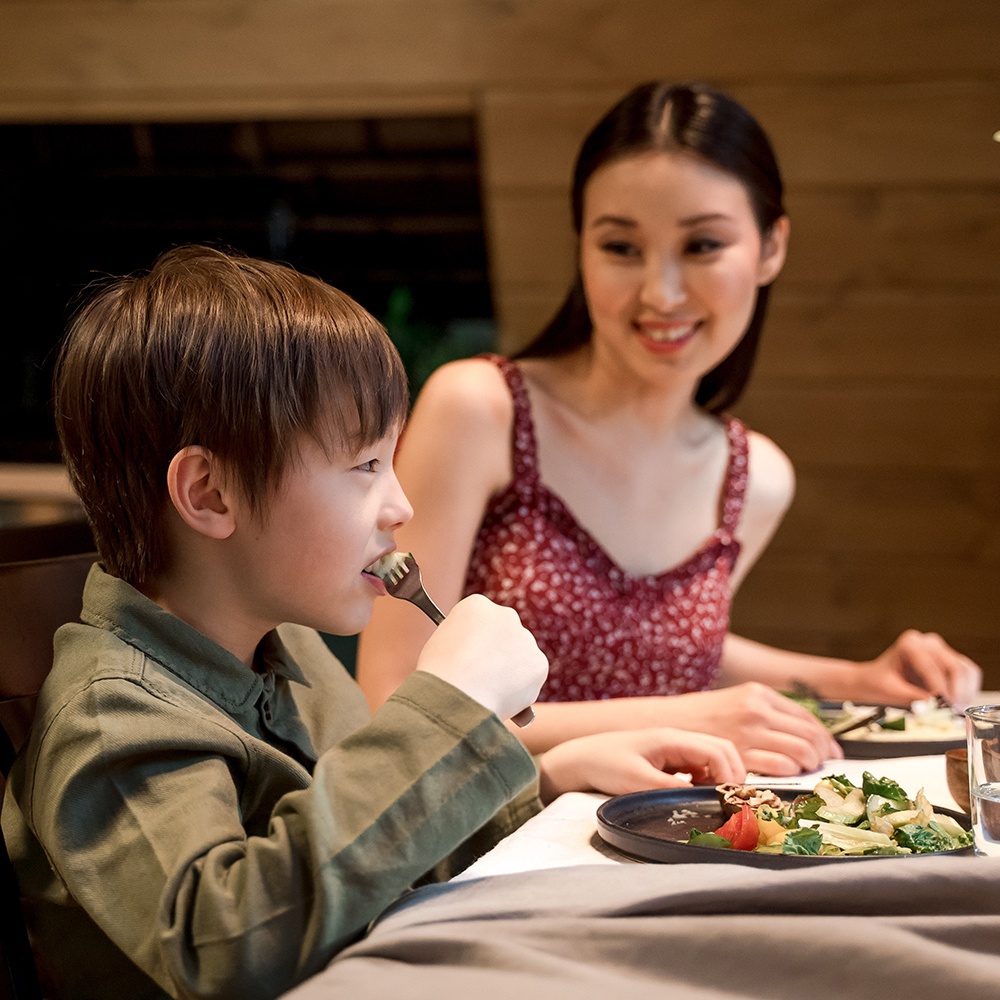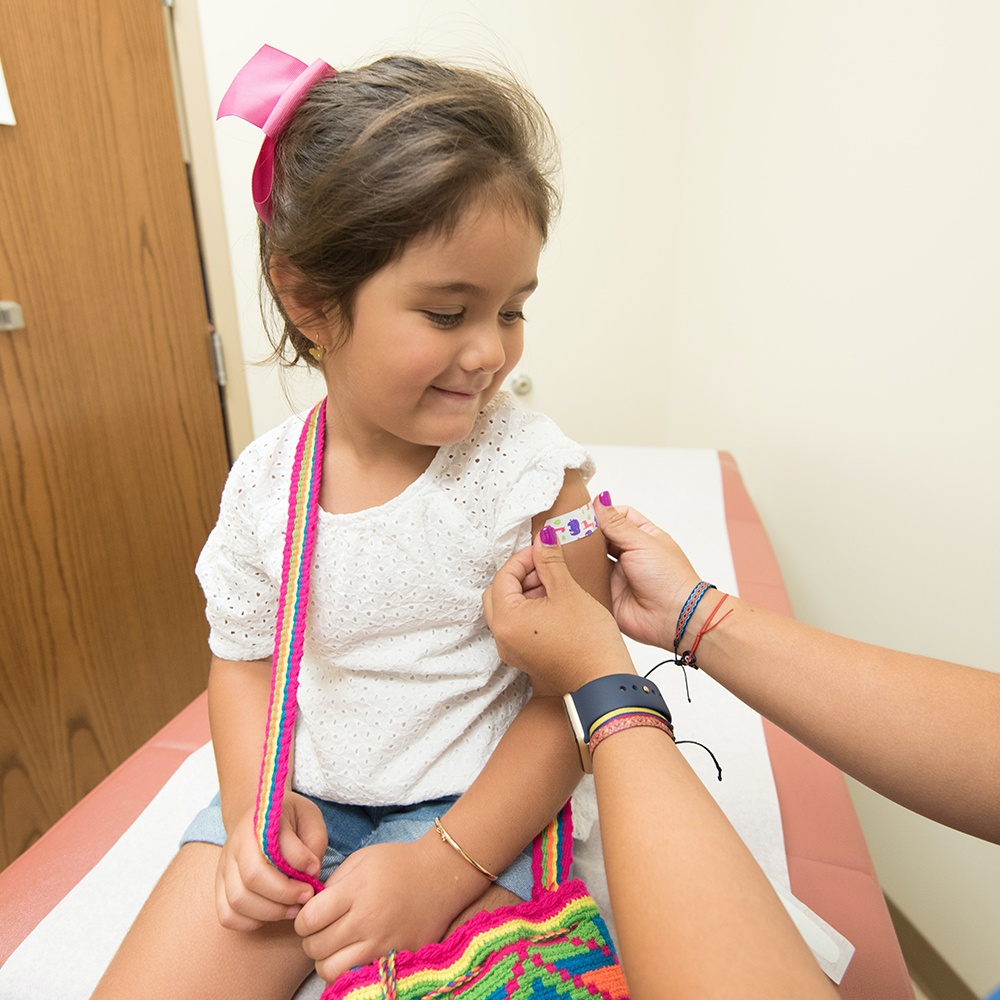Fall and winter are prime time for holiday activities for kids. The seasonal events and changing weather allow for so much creative fun. From enjoying a brisk autumn hayride and frolicking in colorful leaves and playing in the freshly fallen snow to creative cooks enjoying holiday baking and making handmade gifts, there are lots of joyful things for kids to do as the year comes to another end.
Fall Activities for Kids
- Hayrides: A hayride at a family-friendly farm is fun for all ages. Kids and adults alike, enjoy riding along bumpy dirt roads and taking in all the active barnyard sights and smells. Some farms offer a hay or a corn maze, and animal petting areas.
- Pumpkin Decorations: Another popular fall activity for kids is picking, carving and decorating pumpkins. You may be able to find a farm that offers both hayrides and pumpkins. You can make it a whole day trip. Sorting through acres of pumpkins can be a lot of fun. Kids like to examine all the strange shapes and assorted sizes. When you get the orbs home, you can use them to come up with countless creations. Try making pumpkin decorations with colored markers, yarn, glitter or paint.
- Sensory Leaves: When autumn leaves start falling and piling up, it is time to pull out the rake. This doesn’t have to be such a chore when children are around to help. They love to dive in the mounds, stomp around on the crunchy leaves and roll in the piles. Kids may add to the mess, but they also like to rake the fallen colors. You can also use leaves to make creative fall crafts. Leaves are easy to trace, use for imprints and to paint.
Winter Activities for Kids
- Sensory Snow: Snow may be cold, but kids don’t seem to mind. When the flakes start to fall it is time to get out and play. From snowball battles and building snowmen and forts to making snow angels kids can have countless hours of crisp outdoor fun in wintery bliss.
- Snow Paint: Another fun winter day past-time is exploring ways to snow paint. Mix water and food coloring in squirt bottles and allow children to use their imaginations on a vast white canvas. The darker the colors, the more vibrant the snow creation.
- Fort Builder: On those blustery days when outdoor play is just not an option, consider building an indoor fort. Most kids are natural fort builders; they love to assemble cozy places to hide away. All you need are a few couch cushions, pillows, sheets, a large empty box or whatever they can find to put together a clever fort. A couple of chairs with a blanket or sheet draped over them is enough to make an instant clubhouse for little ones.
Tap into you and your child’s imaginations; there are tons of fall and winter activities for kids and families. This is a great time of year for fostering creativity, building traditions and creating fond holiday memories.























